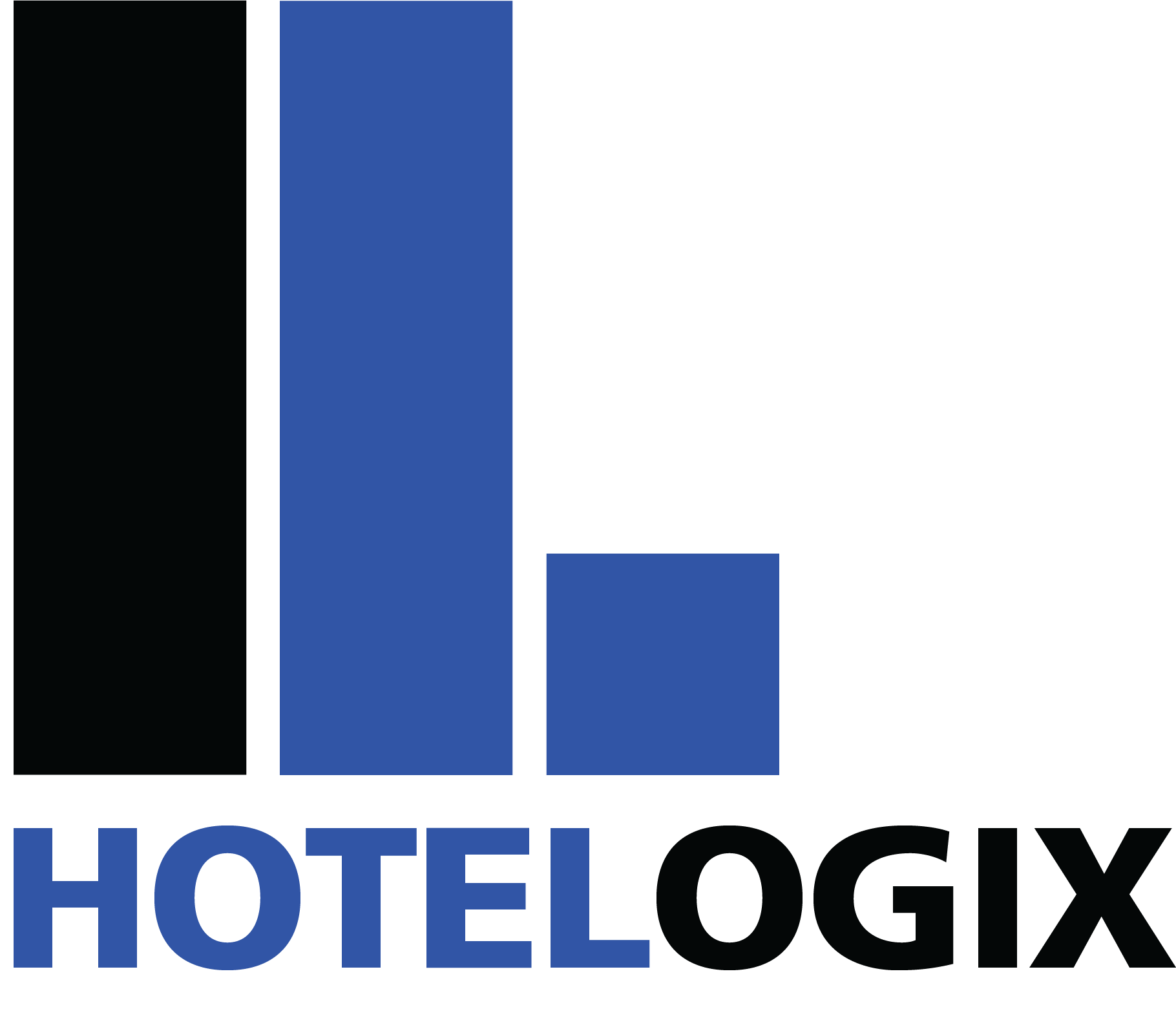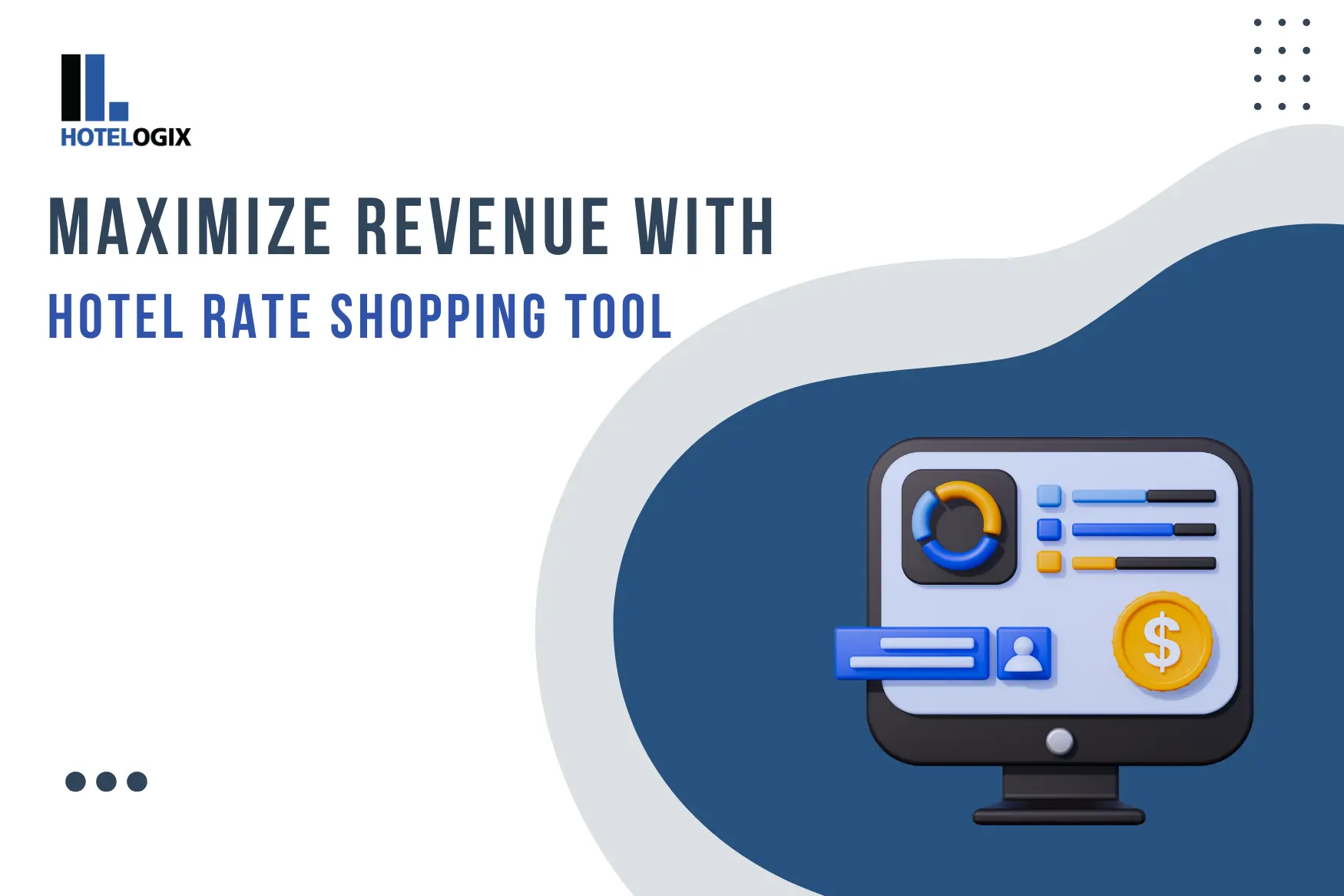Room rates are a key factor in a guest's decision between your hotel and a competitor. Setting rates can be complex due to factors like demand, market trends, and competition. A rate shopping tool simplifies this by providing real-time data on competitors’ prices, helping you make quick, informed pricing decisions. This tool keeps your hotel competitive and helps maximize revenue, making it an essential part of your pricing strategy.
What is a Hotel Rate Shopping Tool?
A hotel rate shopping tool allows you to “shop” different hotel rates. While there are different tools out there, the right one will offer the following capabilities:
- Rate Visualization – You’ll be able to visualize your rate versus your competitors every single day of the year. Not only will you be able to bump your current rate with theirs, but you should also be able to compare historical rates, too. This is called “rate shopping”. A hotel rate shopping tool is beneficial for both small and large hotels.
- Rate Parity – A rate shopping tool should do more than just let you shop around for different rates from your competitors. It should also allow you to check rate parity. What does that mean, though?
There are a lot of things that go into what a guest pays for when they check out and it’s not all accounted for in the advertised rate. Rate parity is the process of breaking down the room rate into its constituent components and then allow you to compare rates on a component-for-component basis. For instance, one competitor might have cheaper rates than you, but checking parity would show that they were not including taxes in the advertised rate, or that they were omitting other fees that will be assessed at checkout to make themselves seem more affordable.
Comparison
While detailed breakdowns are nice, they can be challenging to use. Sometimes, you just need all the critical information to make a decision at a glance. That’s where comparison/ranking capabilities enter the picture.
With the right rate shopping tool, you can see how your online rankings compare with those of your competitors based on price and other factors. You can also break this down in different ways. For instance, the city-level view gives you a great overall indicator of your ranking in the wider area, but it does not tell the whole story. To drill down into performance metrics, you’ll want to compare performance/ranking on a micro-market level.
Importance of Rate Shopping tool?
A rate shopping tool helps hotels monitor competitor pricing in real-time. It provides insights into how other hotels price their rooms, enabling you to adjust your rates strategically. This ensures your hotel remains competitive, attracts more bookings, and maximizes revenue. Hotels can optimize pricing decisions quickly and efficiently by staying informed about market trends.
As you can see, a hotel rate shopping tool offers several benefits. However, how does it play into setting competitive strategies?
Rate Shopping and Competitive Strategies
How can you use rate shopping to devise competitive strategies? It really comes down to accessing, understanding, and then using the information surfaced by the rate shopper.
Price Variances:
Comparing room rates and their breakdowns can uncover areas where you outperform the competition. You can then make these the foundation of your marketing efforts. For instance, transparent pricing is a big deal with consumers today, and if your competitors aren’t transparent but you are, that can become a competitive advantage. This is just one example, but there are plenty of others.
Room for Improvement:
Compare your online rankings with your competitors. Where do they excel? Where do you fall short? Is there room for improvement there? While you might not be able to make large-scale improvements to your amenities, like adding a swimming pool if you don’t currently have one or enclosing an outdoor pool in glass, there are plenty of ways that you can use this information to identify areas where you can improve and become more competitive.
Pricing Pattern:
All hotels have a pricing pattern, although moving away from the BAR method and toward dynamic pricing based on occupancy is recommended. With a rate shopping tool, you’re able to unearth insights into different competitors’ pricing patterns for specific days, weeks, and months, as well as how they price when they are packed and when their rates tend to spike. Based on that information, you can create counter-strategies to beat the competition.
What are the Benefits of the Rate shopping Tool?
- Real-Time Data: Rate shopping data provides up-to-date pricing information from competitors, enabling you to adjust rates based on the current market situation.
- Saves Time: Automating competitor rates monitoring process reduces the need for manual price checks, freeing up time for other essential tasks.
- Enhances Pricing Strategy: You can optimize your room rates by comparing them with competitors, ensuring your hotel remains competitive and attracts more bookings.
- Ensures Rate Consistency: It helps maintain rate parity across various online channels, ensuring your prices are consistent and reliable for guests.
- Accurate Demand Forecasting: It helps forecast future demand based on market trends, enabling you to set optimal prices during peak or slow periods.
Utilizing a rate shopping tool enables hotels to make more intelligent pricing decisions, stay competitive, and boost profits.
The Relationship between Rate Shopping Tools and Revenue Management
While it might seem like we’ve been discussing brand positioning and marketing, we’re also discussing critical elements of revenue management. Rate shopping provides revenue managers with vital market intelligence about specific conditions, such as competitors’ occupancy levels, online reputation and average reviews, demand for accommodations in the local area, and so much more.
This information can be combined to create a successful revenue management strategy. That strategy should dovetail with your competitive strategies listed above. Finally, it should also be combined with your in-house data, such as the cost of sales, total revenue, payroll, and other expenses. This gives you access to the “bigger picture” and helps you make data-driven decisions that bolster profitability.
Hotelogix Rate Shopper
Additionally, the Rate Shopper tool offers comprehensive historical data, allowing hotel managers to evaluate pricing patterns and make informed decisions throughout the year, including peak seasons and special events. With its user-friendly interface and reliable data accuracy, Hotelogix's Rate Shopper empowers small hotels to maximize revenue and improve overall profitability effectively.
At Hotelogix, we understand that today’s hotel owners, managers, and decision-makers need advanced tools to build successful brands. The hospitality industry is more competitive than ever before, and if you compete with other properties for the same guests, you need to know how you stack up to your competitors.
Therefore, we designed our hotel management software to interface with third-party tools, including rate shopping tools. We help you combine that information with in-house data to make more accurate decisions that cut costs, boost profitability and productivity, and ensure you can beat the competition.
Read Also: Hotel Compset- Meaning, Importance & Tools



